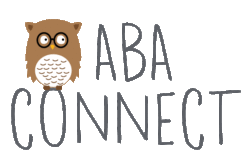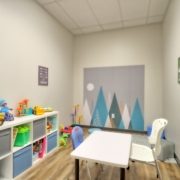What To Look for in Your Child’s Autism Assessment
Determining when and where to get an assessment for autism can be a daunting task for parents. Time, money, and finding a clinician trained in autism assessment in your area are all things that have to be considered.
Luckily, experts in autism have devoted extensive time to help determine the best procedures for providing a valid autism diagnosis. Below I have outlined a “best practices” core assessment battery for children when autism is suspected.
An Autism Diagnostic Assessment May Include:
- Parent Interview – The parent interview about the developmental history, family history, and the child’s individual strengths and challenges is the foundation of the assessment.
- Direct Observation – The child should be observed engaging in various social interactions. The Autism Diagnostic Observation Schedule – 2nd Edition (ADOS-2) and the Childhood Autism Rating Scales-2nd Edition (CARS-2) are well-researched measures that provide robust information about the child’s behavior as it relates to symptoms of autism. Using the ADOS-2 or the CARS-2 as a direct observation measure is very beneficial to describe the child’s social strengths and weaknesses.
- Assessment of Cognitive Development – Cognitive functioning and problem-solving are an important part of a child’s development. An assessment of your child’s cognitive development can help inform intervention. It can also provide a baseline of your child’s functioning. Intensive applied behavior analysis (ABA) therapy has been shown to increase cognitive and problem-solving abilities in some children.
- Assessment of Language – An assessment of your child’s understanding and use of language is very important. Most cognitive assessments will include an assessment of verbal reasoning and vocabulary knowledge that will provide some information about your child’s language skills. Additionally, direct observation of your child during the assessment can provide an informal assessment of language and communication skills.
- Adaptive Behavior Assessment – Adaptive behavior describes what a child is able to do on their own. An adaptive behavior assessment can help determine what level of assistance a child needs when compared to others their age.
The information from each domain above should be integrated into a report by a licensed psychologist (PhD or PsyD) or a physician (MD or DO) that details the diagnostic classification that best describes your child. Recommendations based on the best available research and the priorities for treatment should also be included.
Remember that the above outline is describing the essentials of a “best practices” autism assessment. Additional assessment of other areas of functioning may be needed depending on the concerns for your child. The psychologist or physician will let you know if other areas should be added to the core autism assessment.
This post was written by Dr. Mariel Cannady, psychologist at Texas Child Study Center.




Leave a Reply
Want to join the discussion?Feel free to contribute!